Betsy and I arrived in the city, Split, Friday afternoon. Saturday evening was our first scheduled group activity led by old friend Mike Gomes and Andiamo Adventures, who were providing bikes, itinerary and local guides.
We checked into our hotel and began exploring the town. By Saturday morning, several from our group had arrived and we visited the Split Museum, ate lunch, met the remainder of our group and were joined by Josko, a native of Split and primary Andiamo guide, for a tour of Split. Here’s some of what we learned.
Split is the 2nd largest city in Croatia and among the oldest, going back to 290 CE when it became the site for the Roman emperor Diocletian’s retreat and retirement home. But actually, a Greek city or palace probably occupied the site a few hundred years earlier, which may be how it got its name—Split being a corruption of the Greek word “palladion,” meaning “safeguard” or “citadel”.
Diocletian was an interesting guy. He ruled for 30 years and restored order to a floundering empire that had seen 37 emperors in the prior 50 years. He instituted major organizational reforms, including bringing in 3 close allies to share power, each being assigned to rule a geographical sector of the empire. He began to tax Romans themselves. And notably, he was the only Roman emperor ever to renounce his position and retire before his death.
Had he not chosen to suppress the Christians at the end of his reign, he might have been remembered as one of the greatest Roman emperors. But near the end of his rule, Diocletian began a campaign to eradicate Christians, imprisoning and murdering many. Unfortunately for him, he picked a fight with Christians just as they were in ascendancy, and in the end, Christians got to write history. 200 years later Christians removed Diocletian’s sarcophagus from his mausoleum in Split and converted the mausoleum to a cathedral, which remains to this day. They also built a church spire on the site to be sure everyone got the message. And Diocletian became an afterthought as the Roman Empire declined.
Split is very passionate about its history, according to our guide, Josko, and equally passionate about its sports. 75 of 90 Croatian Olympic medal winners are from Split. And 4 or 5 of the 2018 Croatian World Cup team are from Split. Fans of Split’s soccer team are so passionate that they are banned from the next 4 home games (meaning, until 2019) for bad behavior and their team will have to play their home games in an empty stadium. They aren’t apologizing for their passion, but maybe they should drink less, according to Josko.
The layers of 3500 years are everywhere visible in Split, and it is filled with visitors from all over the world ambling along in small groups behind guides to learn its stories and witness its history.

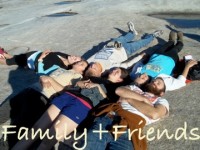
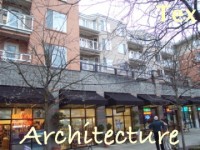

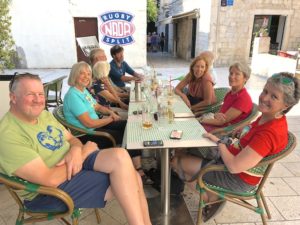
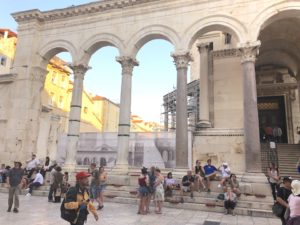
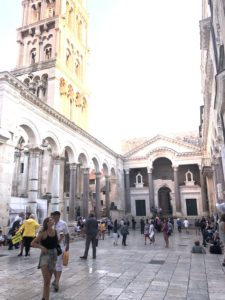
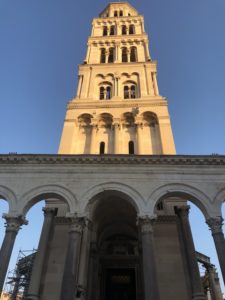
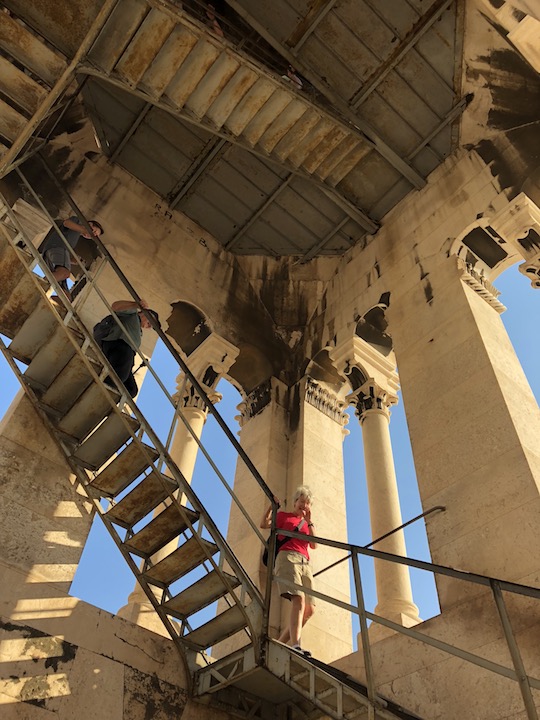

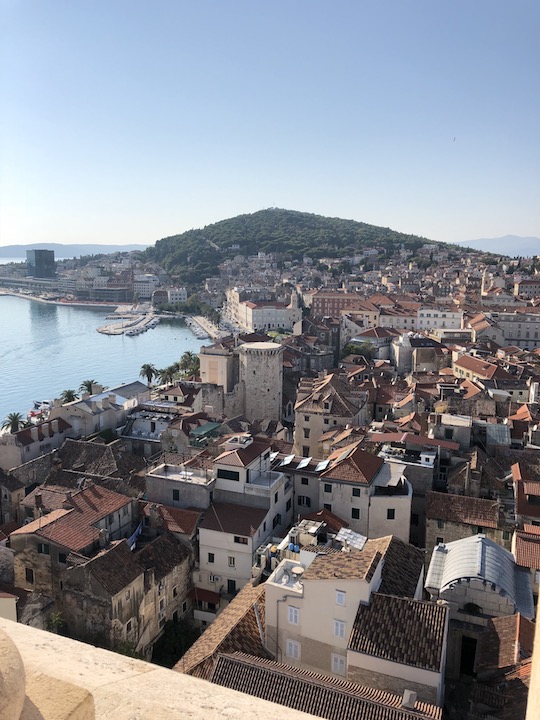
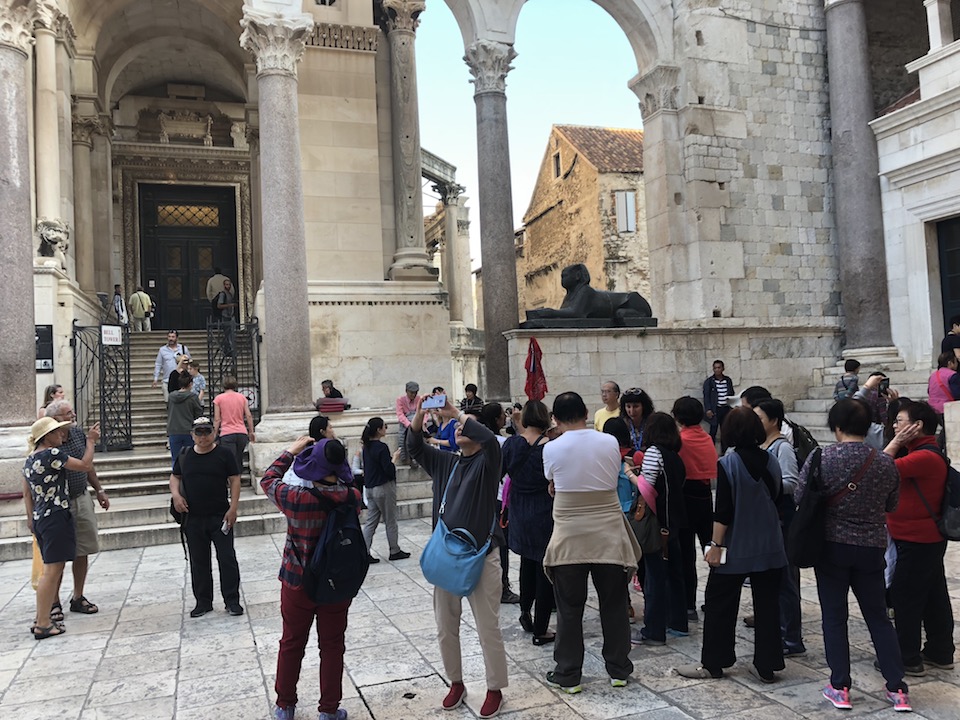
Jaxk, what a great history lesson, complete with photos. Looks like a great way to start your trip.